Nepenthes and tupaya: “toilet” friendship between a carnivorous plant and a miniature animal
Categories: Animals | Asia | Nature
By Pictolic https://pictolic.com/article/nepenthes-and-tupaya-toilet-friendship-between-a-carnivorous-plant-and-a-miniature-animal.htmlNepenthes rajah is the largest carnivorous plant on the planet. It can only be found in the impenetrable jungles of the Sabah region in East Malaysia. Nepenthes is able to “hunt” not only insects, but even lizards and rodents. However, there is one animal that gets along well with a dangerous representative of the flora. Mountain tupaia (Tupaia montana) and nepenthes Raja are friends, bringing tangible benefits to each other.
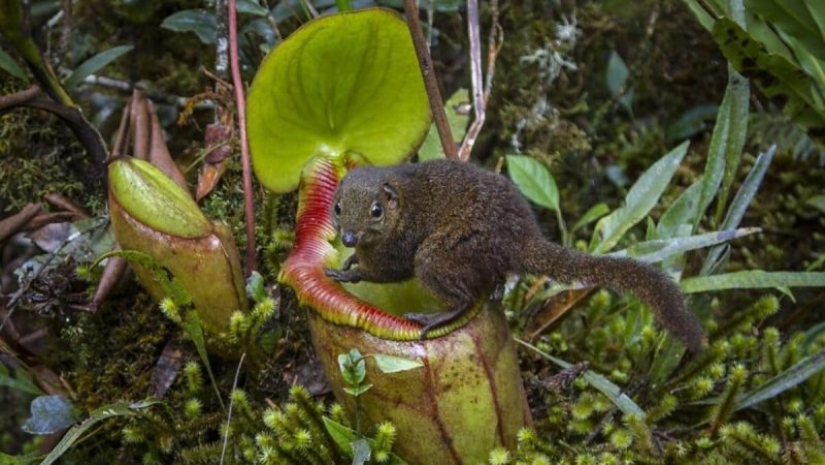
Nepenthes is a vine with an average length of 3 meters and a thickness of 30 mm. She would be completely invisible if not for her flower. It is a kind of jug with a lid, with a diameter of 20 cm and a height of up to 41 cm. Inside there can be up to 3.5 liters of water and over 2.5 liters of digestive fluid. The flower produces sweet nectar that attracts small gourmands.
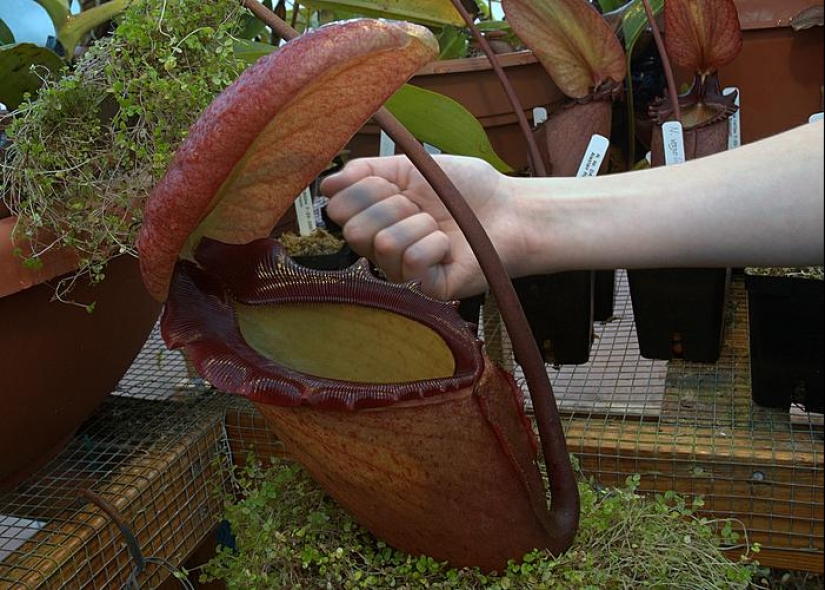
Insects, frogs, lizards, mice and other small animals fall into the Nepenthes bowl. At the same time, the plant-hunter confidently copes only with insects. Reptiles and mammals become its victims only if they are weakened and cannot escape from the trap. But there are not so many insects in mountain forests, so Nepenthes found an alternative supplement to the diet.
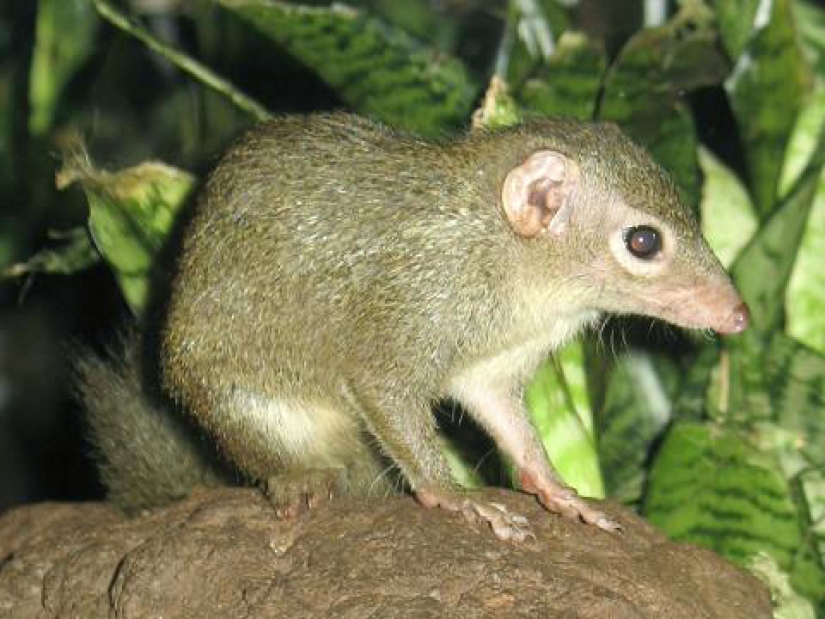
Tupai, animals from the Tupia family, look like squirrels, although they have nothing in common with rodents. These are animals with a body length of 16-20 cm, the same tail and a weight of up to 140 grams. They live in trees and are practically omnivorous. Most often, tupai are content with caught insects and fruits. This animal also loves nepenthes nectar.
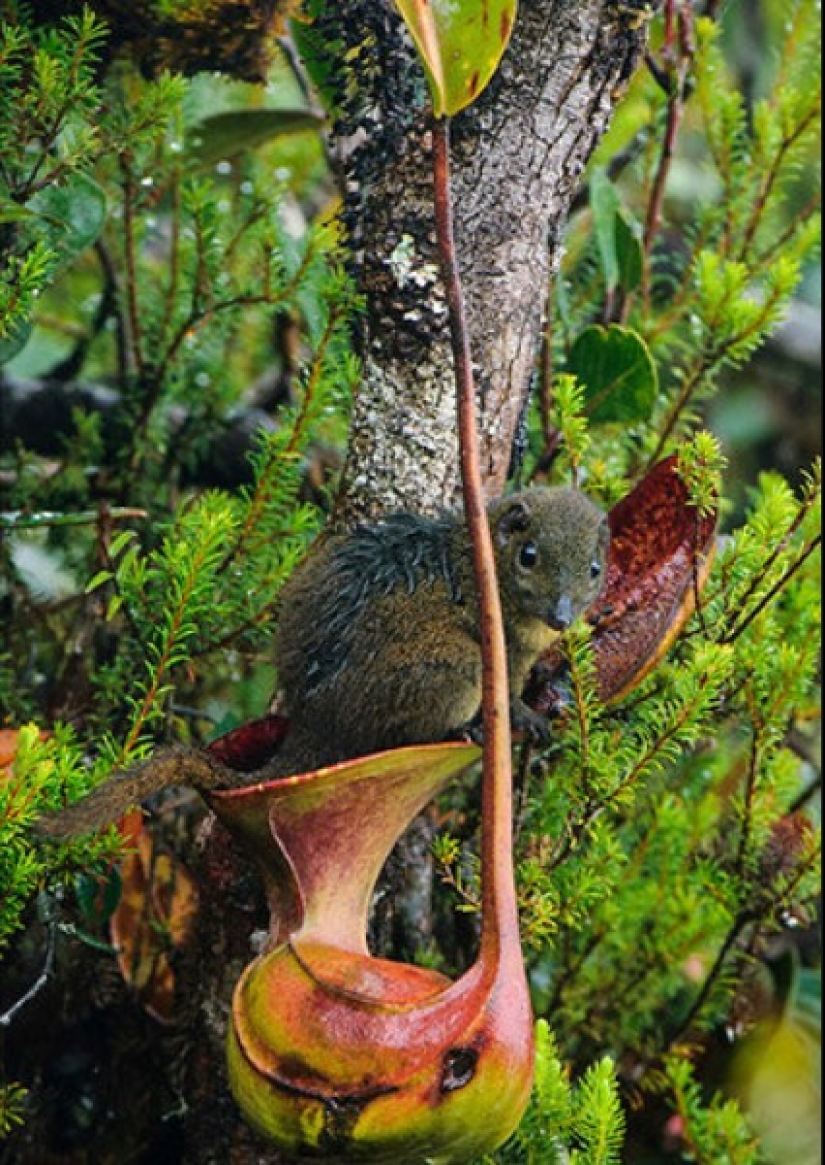
The animal climbs onto the flower, sits over the neck of the “jug” and licks the sweet substance. In the meantime, the tupaya relieves itself and its feces fall inside the flower. Excrement serves as a good organic fertilizer for nepenthes, rich in nitrogen and phosphorus. Therefore, the animal does not receive its nectar in vain.
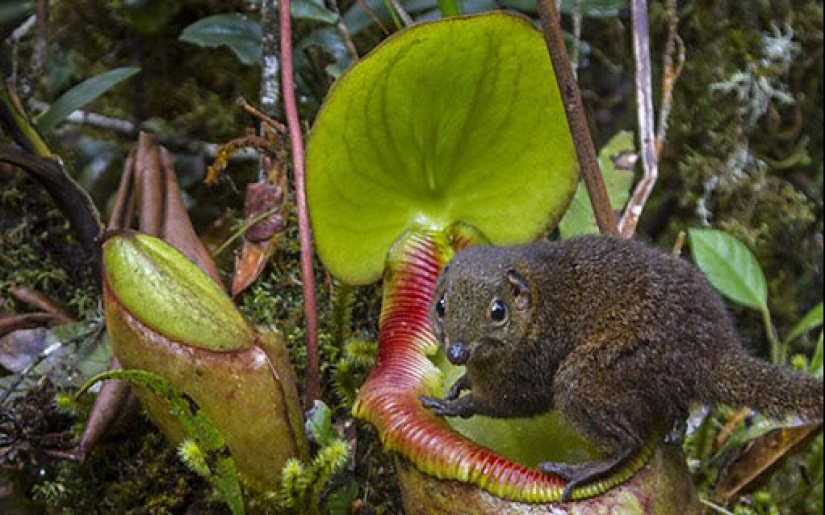
The interaction between Tupaia and Nepenthes has been going on for thousands of years. To prevent the animal from crushing the flower and falling through, the plant expanded its walls, making them fleshy and dense. The “toilet bowl” can withstand the weight of the animal well, and in addition, it has an optimal shape. Tupaia droppings fall exactly where the Nepenthes needs it.
Nepenthes Raja hunts small jungle inhabitants. But people have long believed that somewhere in the thicket there were hidden man-eating plants capable of absorbing and dissolving a person.
Recent articles

In September 1839, the solemn laying of the new Cathedral of Christ the Saviour took place. The construction lasted almost 44 ...

It is unlikely that someone will be a revelation-a phrase that people and things change with time. An obvious fact, but, lost in ...

If you think that sleep disorders are a problem of a modern person, then you are deeply mistaken. Insomnia has tormented people at ...